Which of the following will have maximum dipole moment?

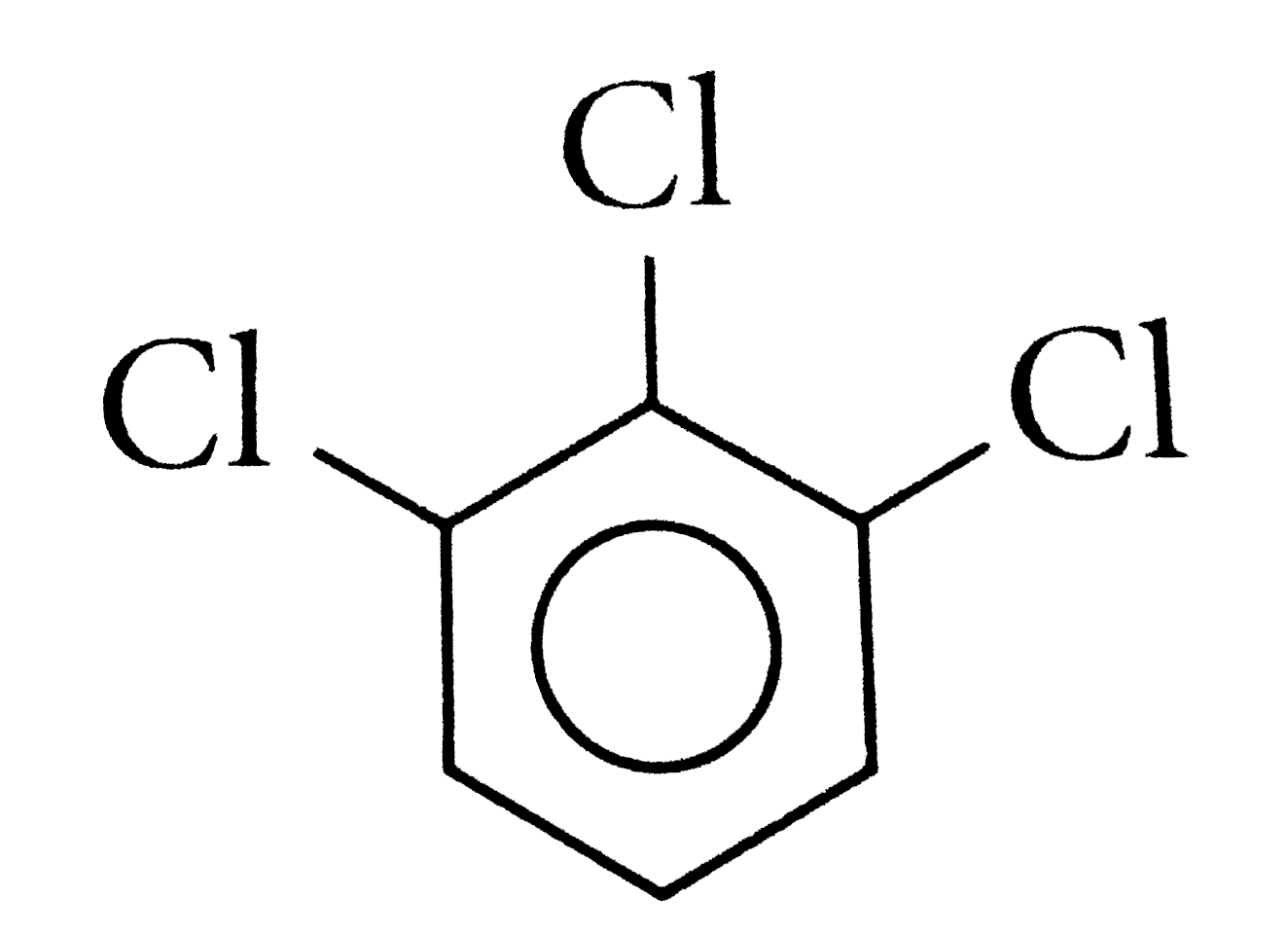

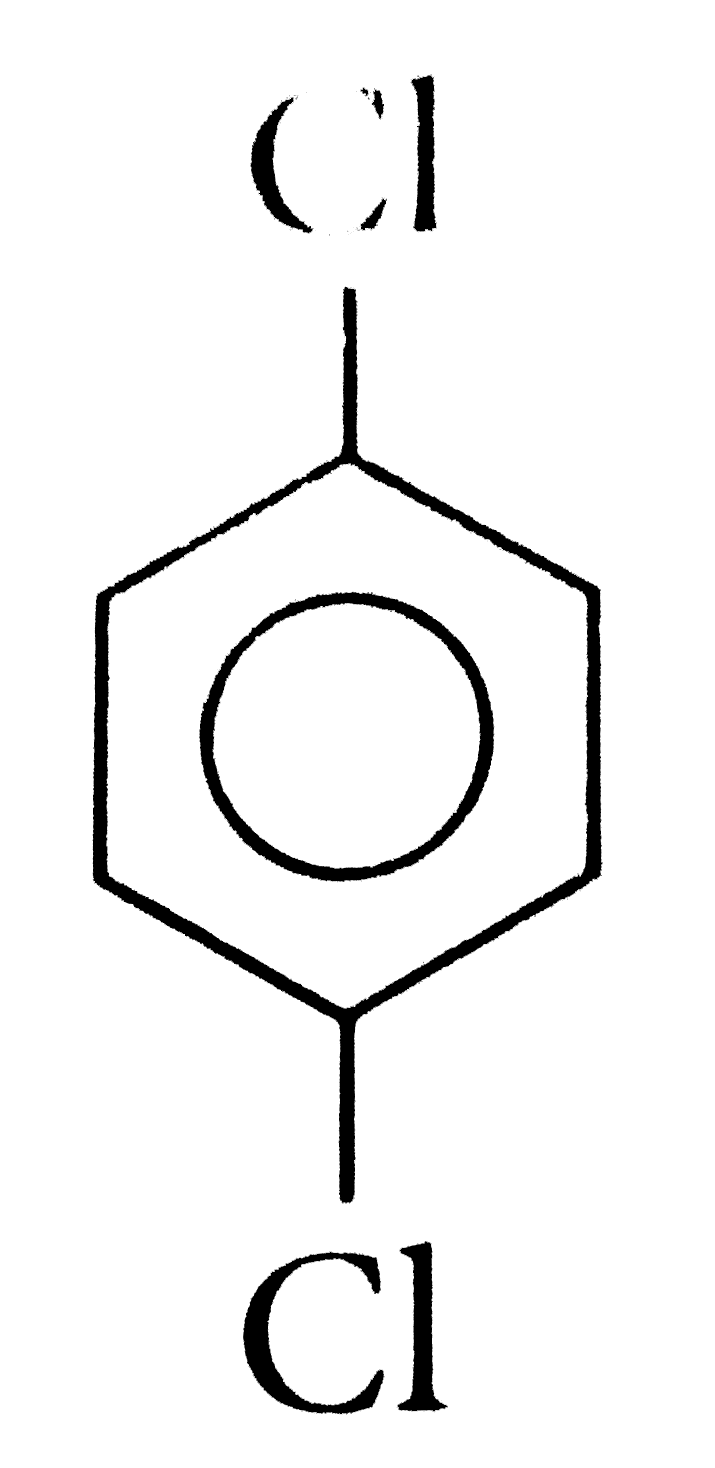
The correct Answer is:B
To determine which of the given options has the maximum dipole moment, we need to analyze the molecular structure and the electronegativity of the atoms involved in each option. Here’s a step-by-step solution:
Step 1: Understand Dipole Moment
The dipole moment (μ) is a measure of the separation of positive and negative charges in a molecule. It is calculated as:
μ=Q×r
where Q is the magnitude of the charge and r is the distance between the charges. A higher dipole moment indicates a greater polarity in the molecule.
Step 2: Analyze Each Option
Assuming the options are A, B, C, and D, we will analyze them based on their molecular structures and electronegativity differences.
1. Option A: This could be a non-polar molecule like benzene (C6H6). Since all carbon atoms have the same electronegativity, there is no charge separation, resulting in a dipole moment of zero.
2. Option B: This could be a polar molecule, such as chloromethane (CH3Cl). The electronegativity difference between carbon and chlorine creates a dipole moment directed towards chlorine, resulting in a non-zero dipole moment.
3. Option C: This could be another non-polar molecule, such as carbon dioxide (CO2). Although it has polar bonds, the linear shape of the molecule causes the dipoles to cancel each other out, resulting in a net dipole moment of zero.
4. Option D: This could be a symmetrical molecule like tetrafluoromethane (CF4). Similar to CO2, the symmetrical shape leads to cancellation of dipoles, resulting in a dipole moment of zero.
Step 3: Compare Dipole Moments
From the analysis:
- Options A, C, and D are non-polar and have a dipole moment of zero.
- Option B is polar and has a non-zero dipole moment due to the electronegativity difference between carbon and chlorine.
Conclusion
Thus, the option with the maximum dipole moment is Option B.
The dipole moment (μ) is a measure of the separation of positive and negative charges in a molecule. It is calculated as:
μ=Q×r
where Q is the magnitude of the charge and r is the distance between the charges. A higher dipole moment indicates a greater polarity in the molecule.
Assuming the options are A, B, C, and D, we will analyze them based on their molecular structures and electronegativity differences.
2. Option B: This could be a polar molecule, such as chloromethane (CH3Cl). The electronegativity difference between carbon and chlorine creates a dipole moment directed towards chlorine, resulting in a non-zero dipole moment.
From the analysis:
- Options A, C, and D are non-polar and have a dipole moment of zero.
- Option B is polar and has a non-zero dipole moment due to the electronegativity difference between carbon and chlorine.
Thus, the option with the maximum dipole moment is Option B.
Topper's Solved these Questions
- BOOK - NCERT FINGERTPS ENGLISHCHAPTER - PRACTICE PAPER 3EXERCISE - Practice Paper 346videos
PRACTICE PAPER 3
- BOOK - NCERT FINGERTPS ENGLISHCHAPTER - PRACTICE PAPER 2EXERCISE - Practice Paper 244videos
PRACTICE PAPER 2
- BOOK - NCERT FINGERTPS ENGLISHCHAPTER - REDOX REACTIONSEXERCISE - Assertion And Reason15videos
REDOX REACTIONS
Similar Questions
Knowledge Check
- Question 1 - Select One
Which has maximum dipole moment ?
A B
B C
C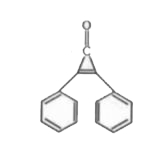 D
D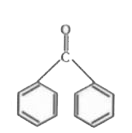
- Question 2 - Select One
Which of the following compounds have a dipole moment?
A B
B C
C D
D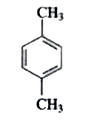
- Question 3 - Select One
Match the following:
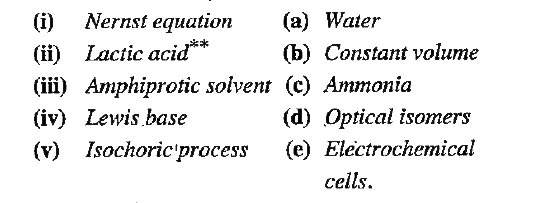 AA and DBB and CCC and EDB and E
AA and DBB and CCC and EDB and E

